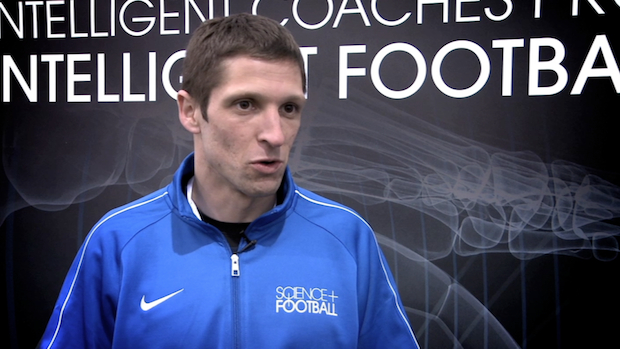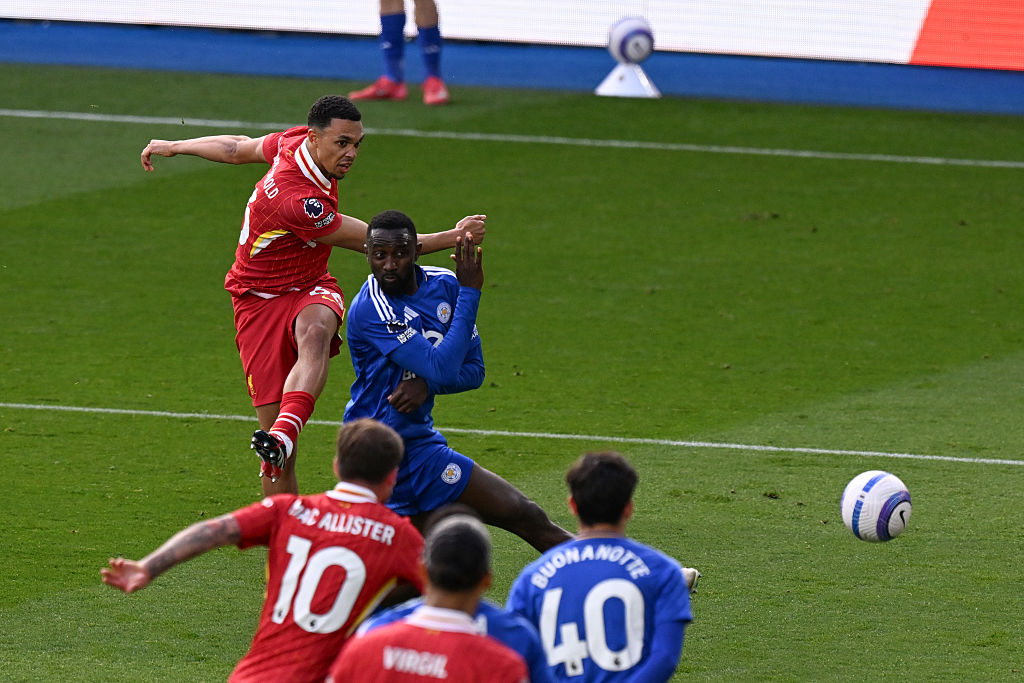Strength and conditioning for young players
Map out a strength and conditioning programme for youth players, with advice from Matt Cook, head of sports science for Manchester City's academy

You’ve got a talented little gem in your youth team. They’re blessed with natural ability, but the bigger kids in their age group are dominating them physically. How can you help them fight back?
Before you can intervene with a strength and conditioning programme there are many crucial factors to consider. What you teach this player will have long-term implications on their athletic development.
First and foremost, it is a coach’s responsibility to provide a safe and effective fitness plan. Then it's about ensuring that programme is tailored to meet that player's specific needs, based on their age and biological development.
To help you put your players on the right path, FFT spoke to Matt Cook, head of sports science for Manchester City’s academy.
To find out more watch this video interview with Cook.
Also see:
How to catch Wenger's eye
Tosh Farrell: Get the best out of young players
Eric Harrison's 3 top tips for young players
"Certainly before puberty and that major growth spurt kicks in, I believe in speed and co-ordination work. So everything is short, sharp and fast, using as many different limbs as you can in as complicated ways as you can get them to do it.
It's not endurance based - nothing lasts longer than 10 or 15 seconds. It's all short work, short rests.
One of the key things is movement skills. You find that as athletes get better, or older, if they're still at an elite level they're better. They've generally got to that level because their movement skills are very good. So their control and rotation etc is often very good.
With the younger, especially nine, 10 and 11-year-olds, you're teaching them a lot of these things. So that is a major difference. Certainly with the older players you are trying to teach them some of the things they missed out on."
Get FourFourTwo Newsletter
The best features, fun and footballing quizzes, straight to your inbox every week.
